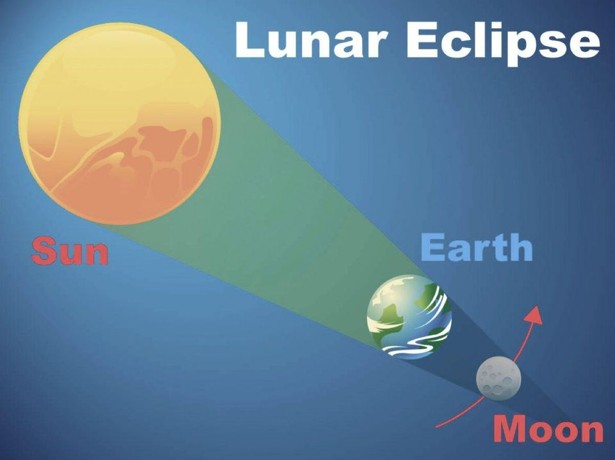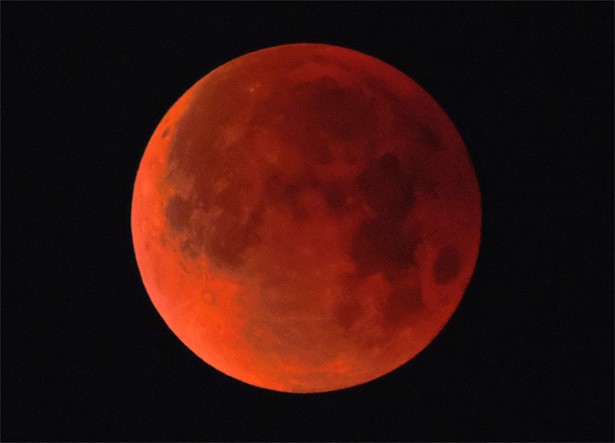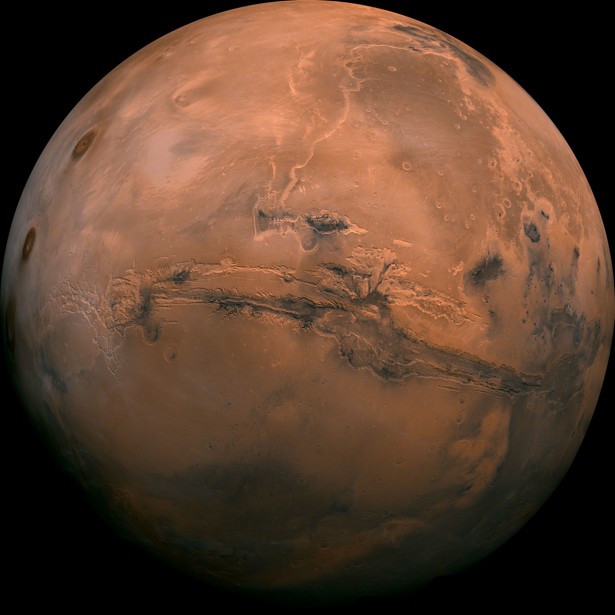
Where to watch blood moon lunar eclipse, longest of 21st century, plus Mars opposition means its double happiness for Hong Kong stargazers
This month is a special treat for astronomy enthusiasts, with the longest total lunar eclipse of the century – and a blood moon – on July 28 coinciding with the time when Mars comes closest to the Earth
Hong Kong stargazers are in for a treat later this week when the longest total lunar eclipse of the century takes place in the early hours of Saturday morning, July 28.
The eclipse will begin at 1.13am and will be visible from most places with an unobstructed view to the southwest until moonset at 6am.
Stunning photos of partial lunar eclipse around the world
The “blood moon” phase of the eclipse will last one hour and 43 minutes. During this time the moon will turn a red or ruddy-brown colour, according to space.com.
The website says that the eclipse will not be visible to viewers in North America but observers in much of Africa, the Middle East, southern Asia and the Indian Ocean region will see it, weather permitting. The Hong Kong Observatory (HKO) forecast for that day is sunny periods, with one or two showers.

The Hong Kong Space Museum has also joined forces with local astronomy organisations to host the “Night of Total Lunar Eclipse”. A number of telescopes will be positioned in the Central and Western District Promenade (Central Section), Kowloon Park Piazza and Sha Tin Park Main Plaza for members of the public to watch the eclipse.

That’s not the only treat on the celestial radar. As an added bonus, the eclipse coincides with the Mars opposition that will see the red planet come its closest to Earth (57.6 million kilometres) since 2003, meaning people will be able to see Mars in the night sky.

The next lunar eclipse visible in Hong Kong will take place on July 17, 2019, and will be a partial lunar eclipse. The next time Mars will make a close approach is October 6, 2020.

